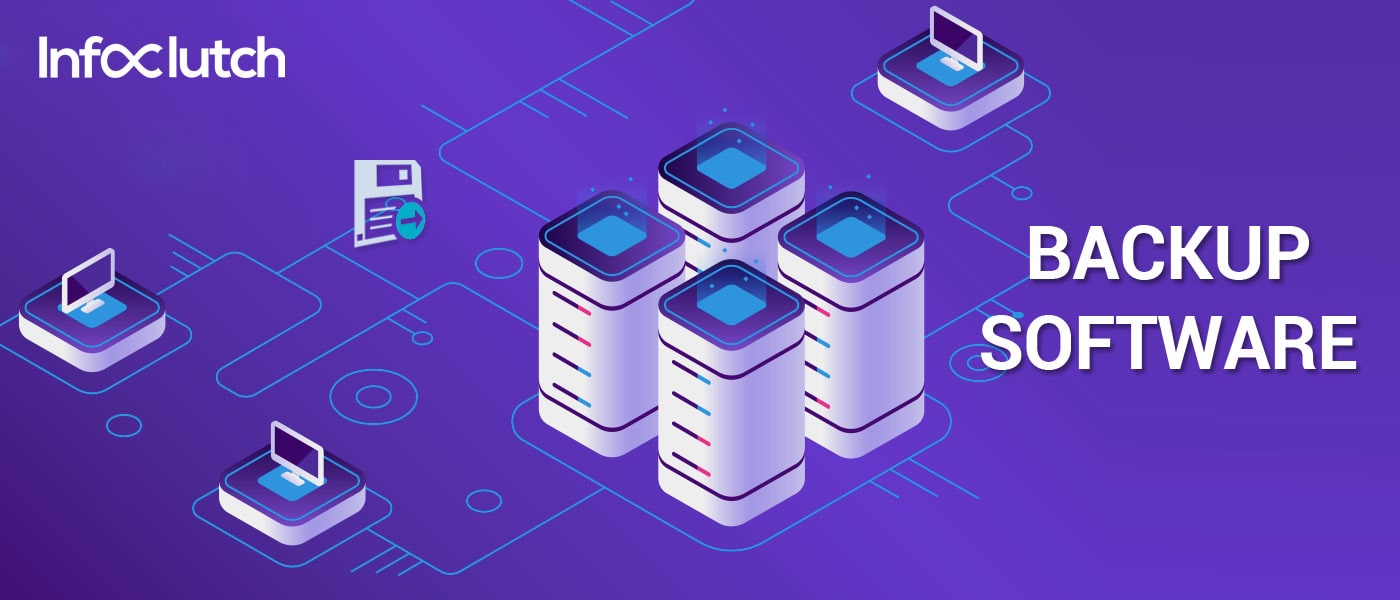The sudden black out in organizations could disrupt the workflow. This is where backup software comes into play. It saves the crucial data of companies.
Almost 58% of the small businesses do not have the facility to mitigate the challenges arising from such a scenario.
This software supports the backups by fitting into the technological environment of the organization. The process includes the compression of data, planning the backup schedule, checking the file, including the encryption process, and even saving the already stored data during previous breakdown of the system. It stores the exact clone of the file in the documents or the folder of the system.
The key features of the backup data are management console, third-party support, verification of the backup, security of the data, the back-up schedule, storage management, and so on.
Why is backing data necessary for organizations?
There are examples where organizations faced huge losses, due to loss of data. The case of Delta Airlines in 2016, is a good proof where it cancelled around 1300 flights leading to a loss of around $100 million. Its just not due to technical failure, businesses also lose data due to cyber-attack.
The backup software eliminates such risks and leads organizations to function properly.
Steps for a successful data backup are:
- An organization needs to find the data for safeguarding
- Storing the data regularly
What is the process followed by the backup software?
The backup software has a clear approach. It makes a distinct copy of the required file and store it in a different place far from the main drive. It can be anywhere such as NAS, a separate drive or others. The software frequently checks the drive to filter out the new files. The backup has some security processes, such as having the encryption to protect the password.
What are the various types of backup?
Different strategies used in backup saves crucial data of organizations. A full backup, incremental backup, differential backup are the effective backups for the process.
The full backup is the comprehensive backup that saves a good amount of data. As it involves including the complete information, it consumes more time than the usual backup.
The incremental backup involves the process where the files that have been changed are stored. It is faster than a full backup and also does not require more storage space.
The differential backup revolves around the process where only the new data is stored after the complete execution of the full back up.
Software popular in organizations:
- Transfer protocol
- Data backup
- Version control system
- Archivers
Benefits of the backup software:
- Easy recovery process
- Fast access to files
- Protection against the anti-virus
- Saving in case of failure of power
- Easy maintenance
Disadvantages of backup software:
- It reduces the storage space. Most of the backups are repeated, making it challenging for the organization to clear the space.
- Most of these data are stored in a centralized place, making it vulnerable to theft and security issues.
Examples of best backup software:
- Acronis true image
- Paragon backup & recovery
- Nova backup
- Genie backup manager
- EaseUS ToDo Backup

